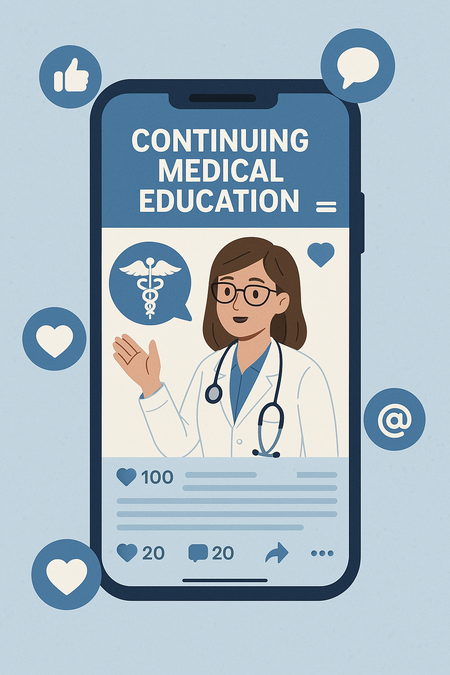
Learning in the Digital Age: The Rise of Social Media in Continuing Education
As younger health care professionals (HCPs) continue to
enter the workforce, the continuing education (CE) landscape
is shifting to accommodate the preferences of a new
generation of learners. Younger HCPs generally favor learning
that is interactive, hands-on, and involves technology.
Therefore, traditional didactic lectures are not always the
best medium for educating this growing sector of HCPs.
Social media offers a unique opportunity to reach HCPs
and accommodate the learning preferences of many participants.
Medical writers who work in the CE field as grant
writers, instructional designers, and content creators should
be aware of the evolving role of social media in CE, as well
as the benefits and challenges associated with this educational
format.
enter the workforce, the continuing education (CE) landscape
is shifting to accommodate the preferences of a new
generation of learners. Younger HCPs generally favor learning
that is interactive, hands-on, and involves technology.
Therefore, traditional didactic lectures are not always the
best medium for educating this growing sector of HCPs.
Social media offers a unique opportunity to reach HCPs
and accommodate the learning preferences of many participants.
Medical writers who work in the CE field as grant
writers, instructional designers, and content creators should
be aware of the evolving role of social media in CE, as well
as the benefits and challenges associated with this educational
format.

